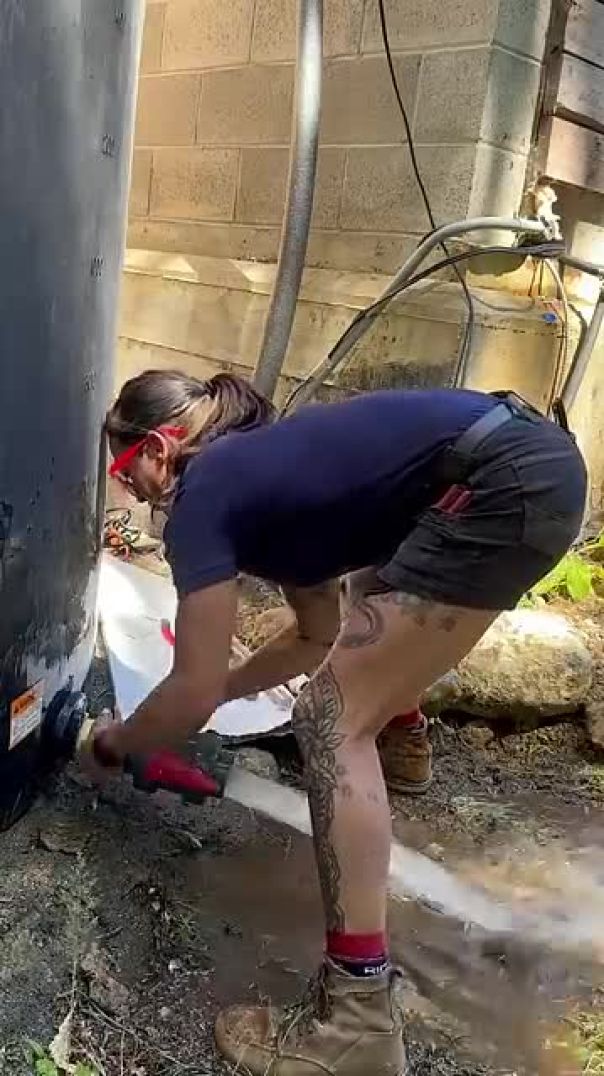0 Views· 12 November 2022
Improve Your English Pronunciation: How the Human Voice Works
Want to improve your pronunciation and vocabulary at the same time? Learning the structure of your face, your mouth, and your neck will help you learn to pronounce the sounds of English. In this lesson, I will teach you the names of many body parts related to speech and pronunciation, such as the voice box, Adam’s apple, roof of the mouth, upper and lower lip, and more. I will give examples of how we use these body parts to produce different sounds. You will learn about the sounds produced by the roof of your mouth, as well as how we use the Adam’s apple or larynx to pronounce consonants like ‘k’ and ‘g’.
NEXT: watch other important pronunciation videos:
1. How to pronounce "OF" like a native English speaker: https://www.youtube.com/watch?v=Kb2tjo3FNkk
2. Sound more natural in English: Learn and practice 5 BACK VOWELS: https://www.youtube.com/watch?v=3UKNO_-m7so
TRANSCRIPT
Hello. My name is Emma, and in today's video I am going to help you with your pronunciation. So, in this video, I am going to teach you the first step to learning how to pronounce different English sounds. We have many different sounds of English, and by knowing about the different body parts we use when we pronounce these sounds, it can really improve your pronunciation. Okay? So, let's get started.
The first thing I want to do is I want to teach you some of the different body parts we use when we pronounce English sounds. So, I have here a face. I hope it's not a scary face. I'm not the best artist, as some of you might know, but this is my art. And so, in this face, we have the eyes, the nose, the lips, the teeth, and the tongue. So, let's look at each of these parts that we actually use when we pronounce different words.
This is... I know it looks kind of like a silly nose, but this is a nose. So, this is this part of your body. Okay? A lot of people are surprised to find out we actually use our nose when we pronounce some sounds in English. We use our nose when we pronounce the "m" sound, so: "ma". Okay? And you can actually feel your nose vibrate. "Ma". The "n" sound, so like "no" you actually use your nose. And the "ing" sound, so anytime you hear, like "ing" words, like: "swimming", you use your nose as well.
The other parts of the body we use for different sounds is we often use our lips. Okay? So for our top lip is the top part, so this is the top lip. Okay? It's the lip that's more up. So, the upper lip is also the top lip; here it is. And we also have the bottom lip, which is at the bottom of your face. Okay? So top lip and bottom lip. So, you can also call the bottom lip your lower lip. Okay? It's another word that means the same thing. So, for your lower lip, we often use your lower lip when we're pronouncing sounds like the "f" sound, so for example: "fan", you'll notice my teeth touch my lower lip. "Fan". And the "v" sound, so for example: "van". Okay? So, it's important to know what parts of your body you're using, and a mirror can really help with this.
We also use our teeth. Okay? So, these are our teeth. We use our teeth when we pronounce things. So, for example, the "th" sound in English is a sound many people have trouble with, and so if you say: "Thank you", you'll notice my tongue touches my teeth. "Thank you", so I'm using my teeth to pronounce the sound.
We use... Sometimes we use both our lips when we pronounce sounds, so for example, we will use our top lip and our lower lip together. So, when we make a "b" sound, we use our lips. "Ba". Or when we use a "p" sound: "pa". When we use the "sh" sound, like in "shoe", you notice my lips are circled. "Shoe", we're using both lips. The "ch" sound, like: "choose". And the "w" sound, like: "wonderful". So, sometimes when we're using our top and lower lip, our lips might be in a circle. So, for example, with the "o" sound. So: "whoa", you notice my lips are in a circle, like this. Other times when we use our lips, our lips might retract or they might spread out, so for example, like this. You might get: "e". Okay? Notice my lips? They're pulled apart. "E".
So, a lot of your face is used when pronouncing sounds. Now we're going to learn about what types of body parts we have inside our mouth that also help us to make different sounds.
Okay, so I've made another very scary picture for you. I hope you like my art; it's an Emma original. So, this, can you guess what this is? If you said it's the eye, the nose, the lips, the teeth, and the tongue - you're right. This is the inside of somebody's face-okay?-from the side. So, if you're looking in a mirror and you're looking at the side, and you could see through your skin, you might see something like this. Probably not like this, because this is a bad drawing, but you get the point.
So, what are some of the parts of our body we use when we're thinking about the inside of our mouth when we pronounce English sounds? Well, first of all, this is your nose. Okay? […]




























0 Comments